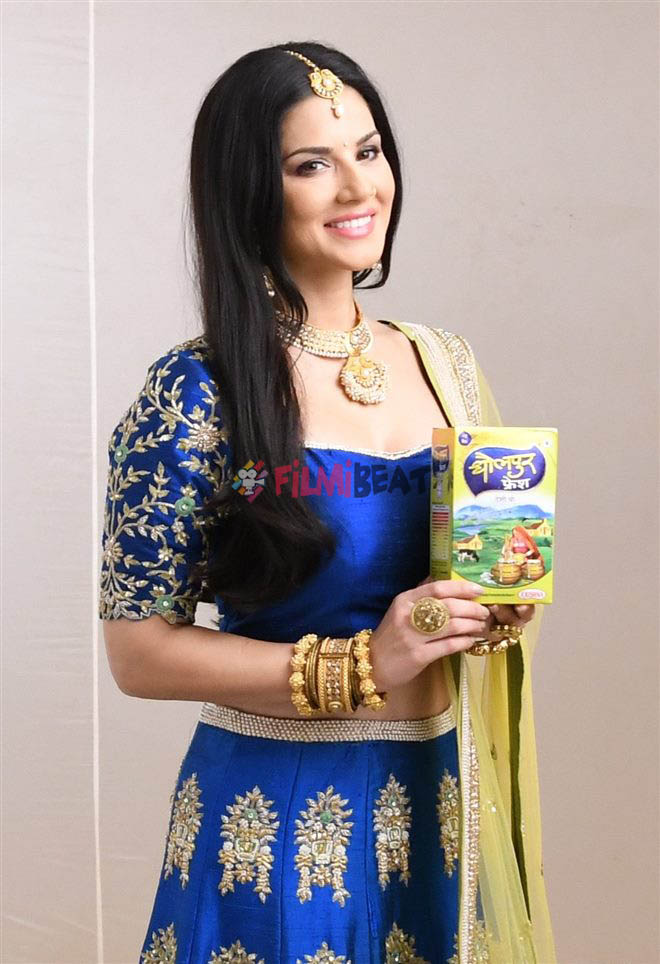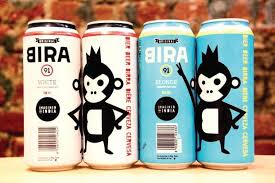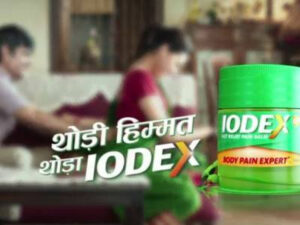Brand New Resolutions MMXVIII
 Here’s the good thing about resolutions. You get to make new ones regardless of having lived up to them!
Here’s the good thing about resolutions. You get to make new ones regardless of having lived up to them!ABVS is back with its 4th edition of Brand New Resolutions MMXVIII. Here goes..
Start | Looking at BRAND COMMUNITIES seriously.
We have read about them and perhaps even are a part of them. There are very few brands though that realise the goldmine that they are sitting (or not sitting) on. We live in an era of co-creation. Brands especially consumer brands today are a lot more in the perception/imagination zone than they were ever before. What has changed? The level of consumer involvement, the accessibility and more importantly the influenceability!
In an Indian context, some brands that have already a community feel to them are Bullet (Royal Enfield) and the surprise candidate Maggi (Nestle). The community in fact rescued the brand during its quality crisis a couple of years ago. Brands like Renault and Sunsilk also have tried their hand at building communities but they were lacking sufficient amount of emotional adhesive!
ABVS hopes more brands (re)evaluate their potential and give communities a serious thought!
Stop | Randomly using SUNNY LEONE for brand endorsements.

Yes this was in the less of category last year and no I have nothing against the lady in question. These random celeb endorsements really have to stop! While it was Pierce Brosnan last year it’s Sunny Leone Dholpur Ghee TVC this year. Brand managers/business owners who chose SUNNY LEONE as their ambassador need to really think hard rather than just feed a fetish! Came across this ghee (India clarified butter) ad. What were they thinking?
 More of | Re-imagination. An INDIA take on things.
More of | Re-imagination. An INDIA take on things.The way BIRA has built it’s product and brand over the past couple of years has been amazing. The beer is giving a serious fight to some premium beer brands of international stature. The beauty of it all an Indian take has not meant “MASALA FLAVOUR”. Another example from the same category is “Amrut” a brand of Indian Single Malts that has stormed the high castle of the Whisky world. So here’s looking forward to more Indian takes that are aimed for the world.
Less of | REINFORCING STEREOTYPES (PROPAGATING TROPES)

Perhaps the makers of these ads did not approach it that way. Perhaps they thought they were actually quelling the associated stereotypes. I use these two ads as examples of how stereotypes get reinforced. The problem? The messaging of these ads is nuanced. The audience these brands target not necessarily so. In wanting to depict a new, evolving face of modern India the communication of these brands has in my humble opinion has reinforced the stereotypes.

A working woman needs to cook for her mom-in-law, that there is a difference in saying Mummy and Mummy ji, that contribution to a household has to be in cash etc. etc. Our culture code and conditioning might just filter the progressive message. It’s about time communication took stereotypes head on and not in a round about fashion.
Wag the Dog: When Brands Become Victims of Their Own Image
Marketers spend their working lives creating, feeding and maintaining a Brand Image. Our products, our actions and our communication are constantly building the perception that we want our consumers and stakeholders to form.
A senior colleague of mine used to constantly say “Perception is Reality”. The perceptions we carefully cultivate and create the way the world sees us. Sometimes though we start seeing ourselves in the same way. We allow perception to become our reality. According to Edward de Bono studies show that 90% of the error in thinking is due to error in perception.
Shall take two recent examples to make my point. One that demonstrates how difficult it is to shake away the perceptions that you build and the other an example of how it consumes reality.
Case1: Tata Nano
A car that captured the minds of millions, alas that’s all that it did. It was a car several years into the making perhaps a couple of years too many. All the while that it was in the works, the communication that was being sent out was steadily building the perception that this would be the lowest cost car. The car even before its arrival was touted as a revolution that would change the way India commutes with a potential to expand the category by 65%. In a sense it was seen as a symbol of economic socialism (if there is such a term).
The car was launched in a style reminiscent of the India of the license-permit era and was overbooked a few times over. Somewhere, the product had got so trapped in the created image of being the lowest cost production that it stopped being a car. The very reasons that can be attributed to the huge build up in expectations could be assigned to the disappointment amongst the consumers. A car in India is much more than a mode of transport. It is the flag-bearer of family status and we are not talking “badge-value” here. Here was a car that was the lowest priced all right but was not what a “car” meant in India. Things like size, ability to seat a family comfortably, boot access & space etc. all came back to haunt Nano.
Ever since Nano, has been making attempts to shake-off the baggage. From being India’s key to happiness to being Awesome they have pushed the communication in a different direction. Its recent campaign #NanoTwist that intends to tout its size as a virtue. Will they be able to move the brand perception from “Low Cost” to “Stylish” Will the change revive the brand? We’ll find out as this fiscal ends.
From:
[youtube=http://www.youtube.com/watch?v=vkiJVHgCrLo]
To:
[youtube=http://www.youtube.com/watch?v=icNABYGG5yQ]
Case2: AAP
I am writing this as a rejoinder to my first post AAP ka Brand: Tips for Sweeping Popularity. This one is more topical and perhaps a view brewing in many social circles. The political build-up in the national capital again begs to ask the question whether the recently successful political party has been able to transition from being an activist to an administrator. From being a poster boy the Delhi CM has become the trending joke on social media all within a span of 3 weeks.
One of the key pillars of the AAP the brand was activism. The protests and confrontations with authorities are the foundations of the success of AAP. Though AAP is the party at the helm of affairs in the state of Delhi, the activism and protests continue. Somewhere the theory seems to be what has worked in favour of the party thus shall continue to yield benefits.
[youtube=http://www.youtube.com/watch?v=dd9AQeD9hxQ]
How accurate or flawed the theory is shall be reflected by Aam Aadmi Party’s ability to stay in office for the allotted term and later during this year their performance in the General Elections.
For the moment though, it seems to be a case of the tail wagging the dog.
